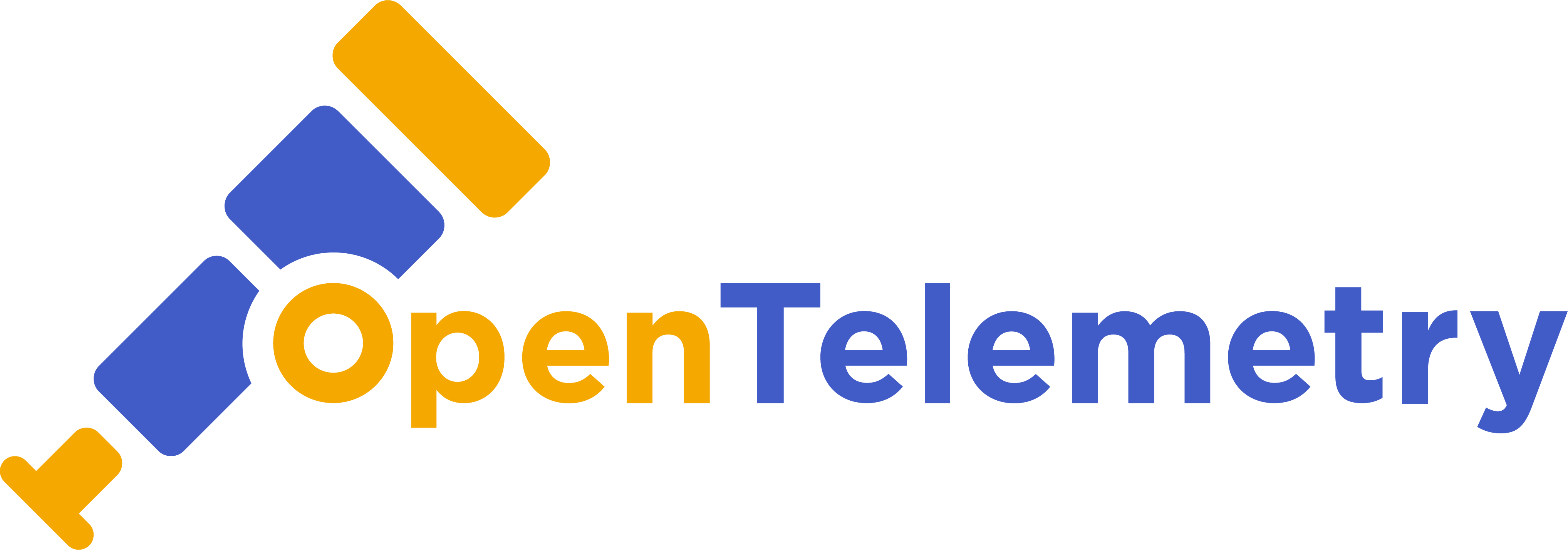OpenTelemetry collects telemetry data, while prometheus stores and queries metrics.
What is OpenTelemetry?
Key takeaways:
OpenTelemetry provides a standardized framework for collecting, processing, and analyzing telemetry data.
The specifications of OpenTelemetry include collectors, exporters, and sdks working together to collect and process data.
Instrument your applications, configure collectors, select a backend, and start analyzing data.
Troubleshoot issues, and gain valuable insights using OpenTelemetry.
OpenTelemetry is a framework that has gained traction in the technology landscape.
It's an open-source solution, providing developers with an extensive set of tools to effectively collect and analyze telemetry data. OpenTelemetry streamlines obtaining observability data (metrics, traces, or logs) from a variety of software components.
It utilizes a unified interface that simplifies the task of monitoring complex distributed systems.
OpenTelemetry specifications
The three main specifications of OpenTelemetry are APIs, SDKs, and data.
API: Specifies the operations that generate and correlate tracing, metrics, and logging.
SDKs: Specifies the language-specific implementation of the APIs.
Data: Specifies the OTLP (OpenTelemetry line protocol) and vendor agnostic semantic conventions that support telemetry backends.
How OpenTelemetry works
Instrumentation: Developers instrument their applications using OpenTelemetry SDKs to generate telemetry data. Instrumentation refers to adding code or libraries to capture telemetry data to gain insights into the behavior/performance of applications. OpenTelemetry provides libraries tailored for different frameworks to streamline instrumentation. These libraries come bundled with instrumentation for widely used libraries, minimizing the effort needed to capture telemetry data.
Collectors: OpenTelemetry collectors are responsible for aggregating telemetry data from instrumented applications. They serve as a central point where telemetry data is received and managed.
Receivers: Within the collector framework, receivers are specific components that gather telemetry data from various sources. They can handle different data formats, ensuring that telemetry data is collected efficiently from multiple applications or services.
Processing: Once the data is collected, the collectors can process and transform telemetry data before exporting it. This may involve filtering out unnecessary data, aggregating information, or enhancing data quality to ensure that only relevant insights are sent to the backend.
Connectors: The intermediaries through which the exchange of telemetry data between OpenTelemetry and third-party systems occurs.
Exporter: After processing, telemetry data is exported to the desired backend, which could be systems like prometheus, Jaeger, or zipkin. This step is crucial for ensuring that the data is available for further analysis and visualization.
Analysis: Once the telemetry data reaches the backend, it can be analyzed using the provided tools and services.
Benefits and usage
Using OpenTelemetry allows developers to ensure consistent telemetry data collection across applications. This consistency simplifies analysis and also fosters an improved understanding of system behavior. In addition, OpenTelemetry has seamless integration with external observability tools, leading to enhanced capabilities in modern distributed environments.
The table below summarizes the benefits and real-world usage of OpenTelemetry:
Benefits | Usage |
Collection and formatting of telemetry data | Used in E-commerce platforms for better monitoring and performance optimization. |
Troubleshooting/debugging capabilities | Used in identifying and resolving performance bottlenecks and service disruptions in cloud service providers. |
Enhanced performance optimization | Used in healthcare systems to enhance patient outcomes and ensure data integrity. |
Proactive monitoring | This can be useful in scenarios of online gaming where latency has to be continiously monitored. |
Frequently asked questions
Haven’t found what you were looking for? Contact Us
What is the difference between OpenTelemetry and prometheus?
Who uses OpenTelemetry?
Is OpenTelemetry push or pull?
Is OpenTelemetry a good thing?
What is the difference between OpenTelemetry and OpenTracing?
Free Resources
